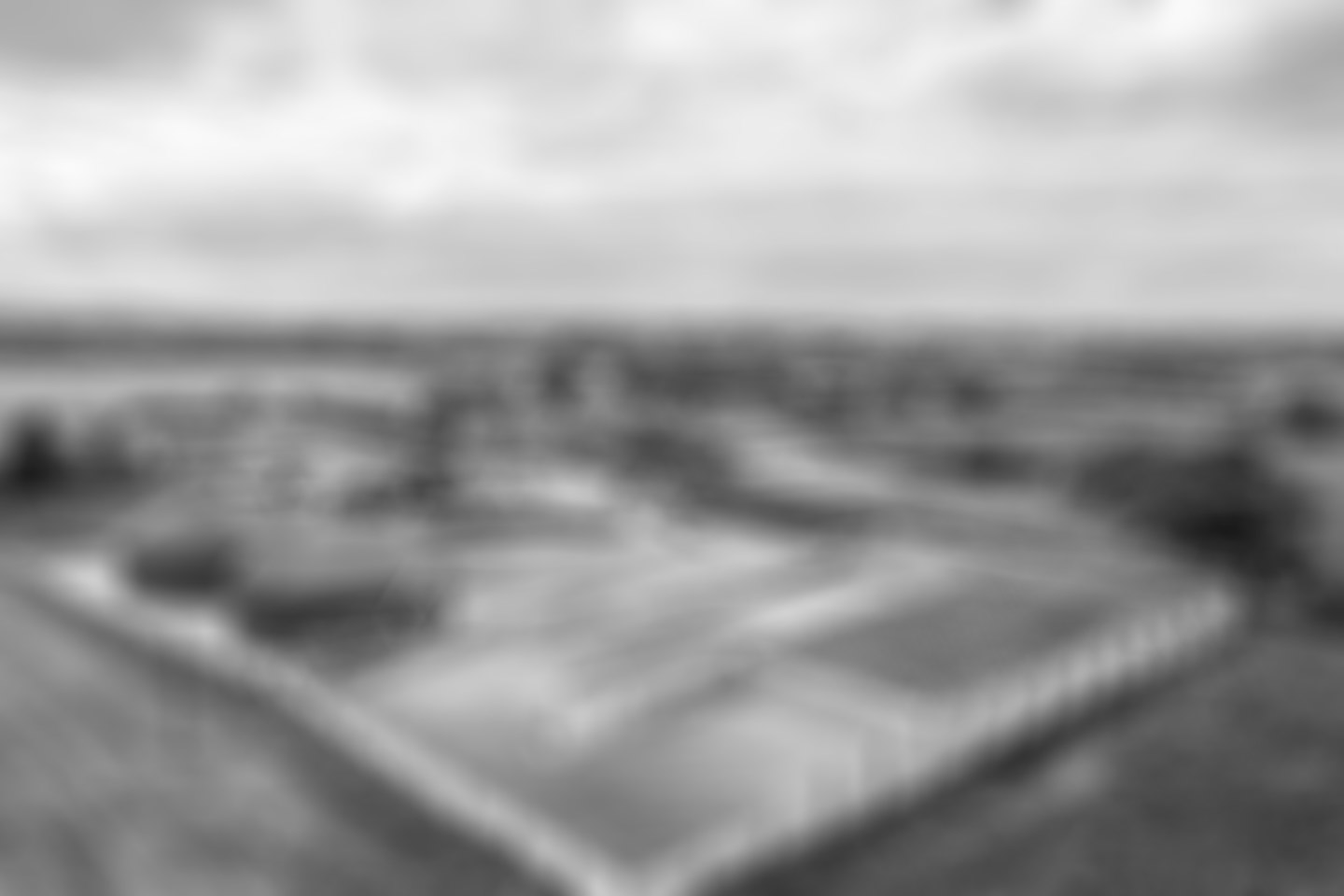
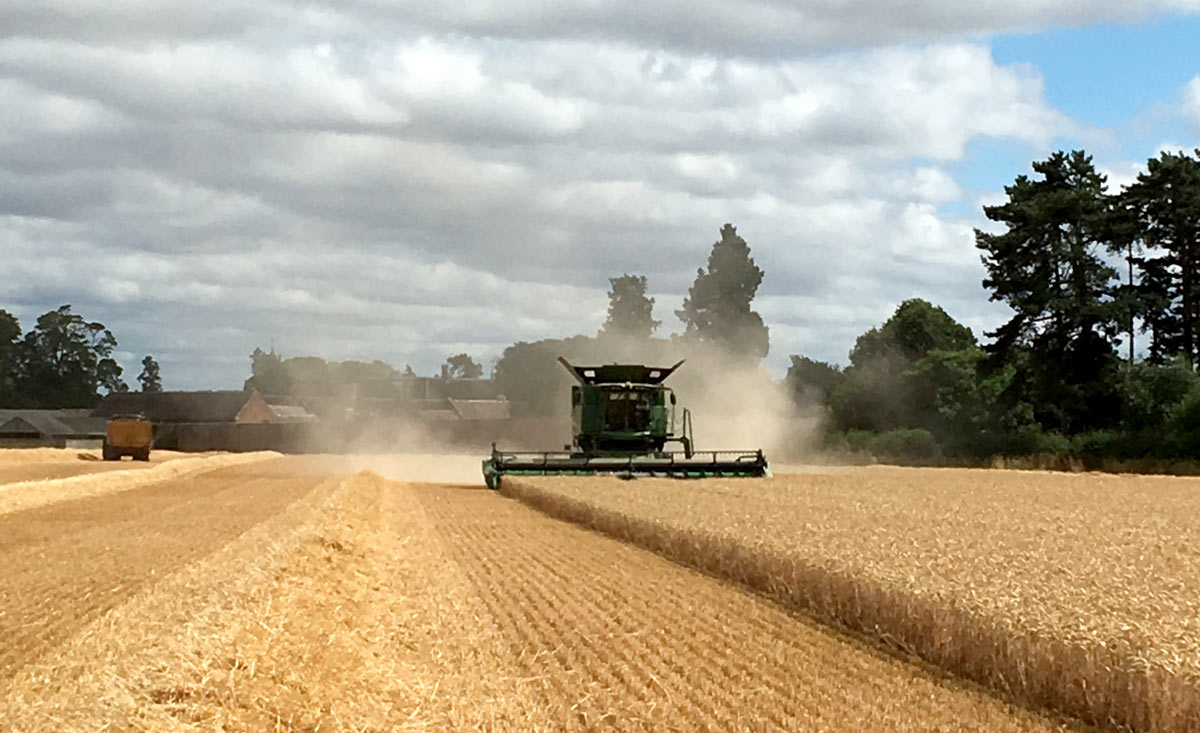
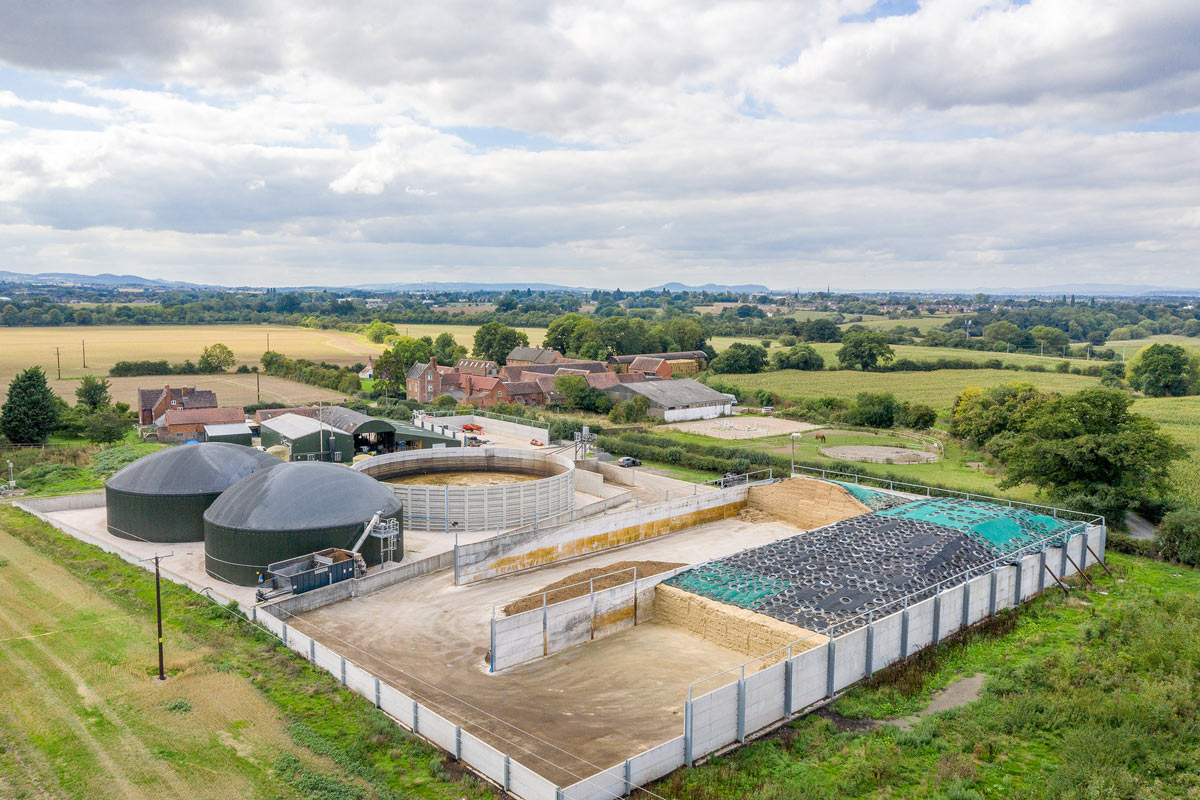
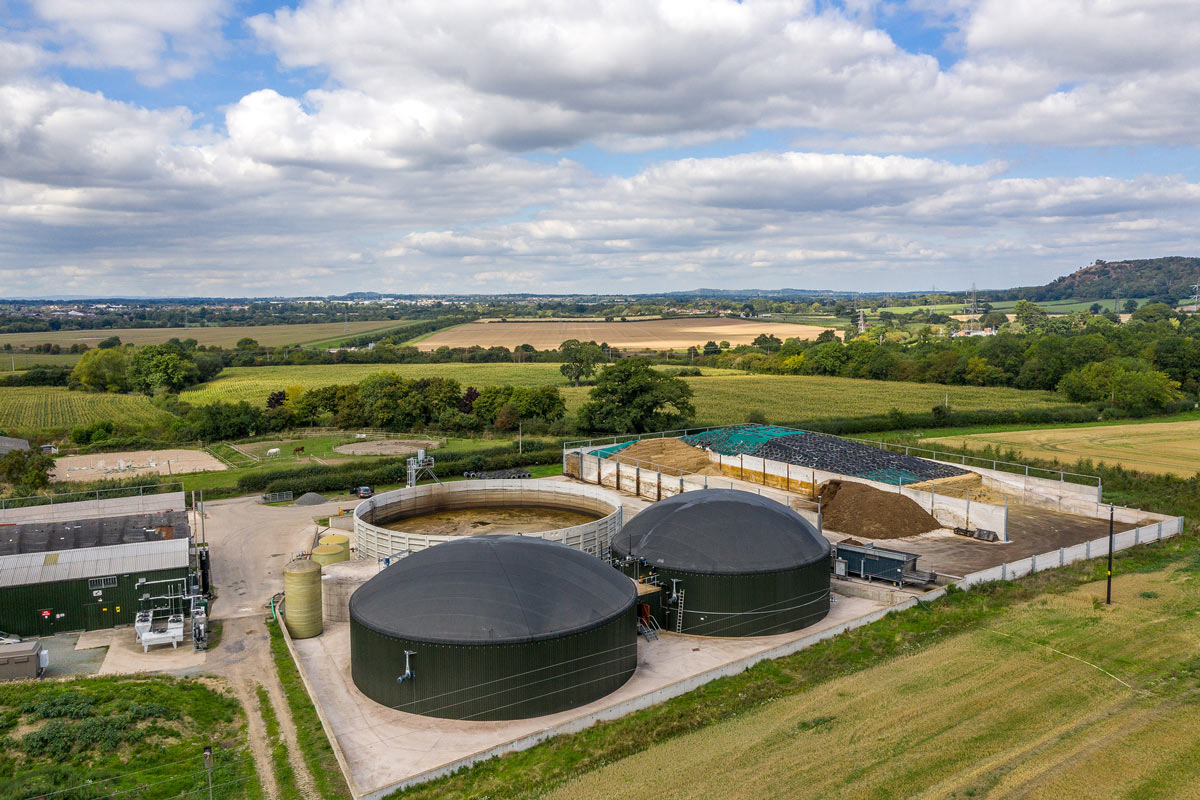
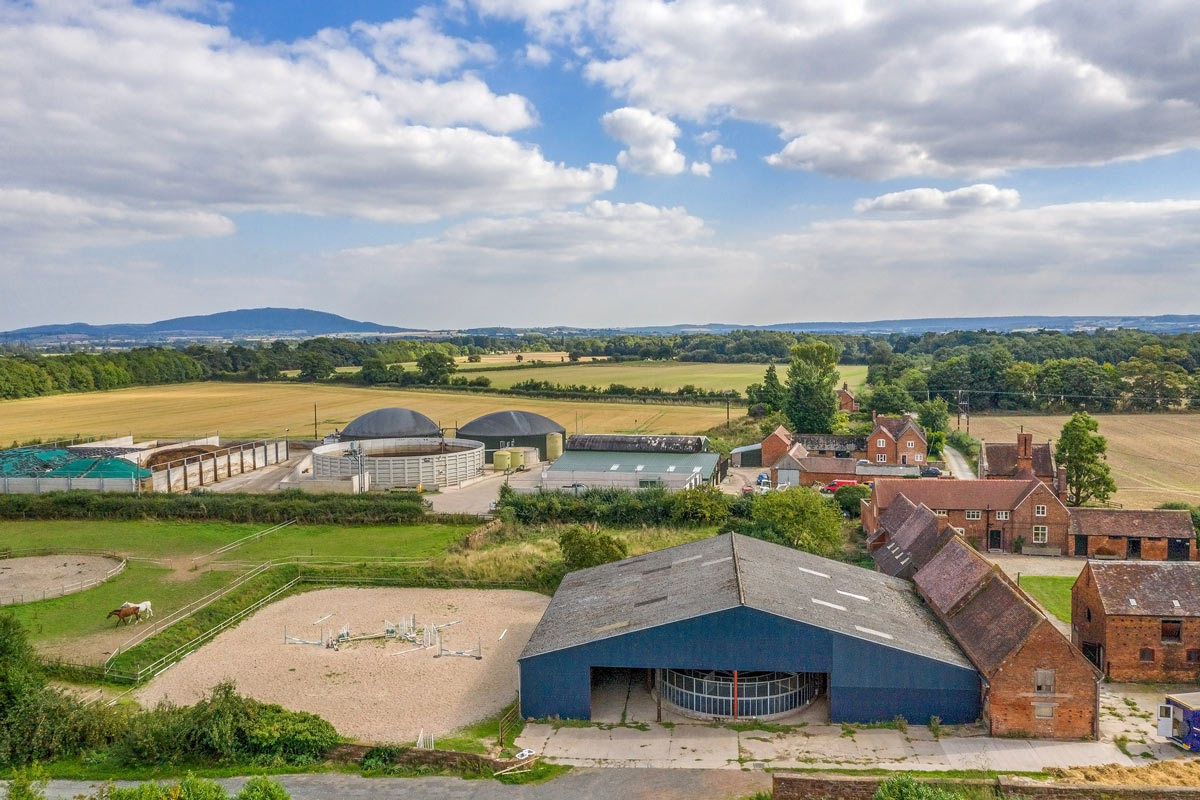
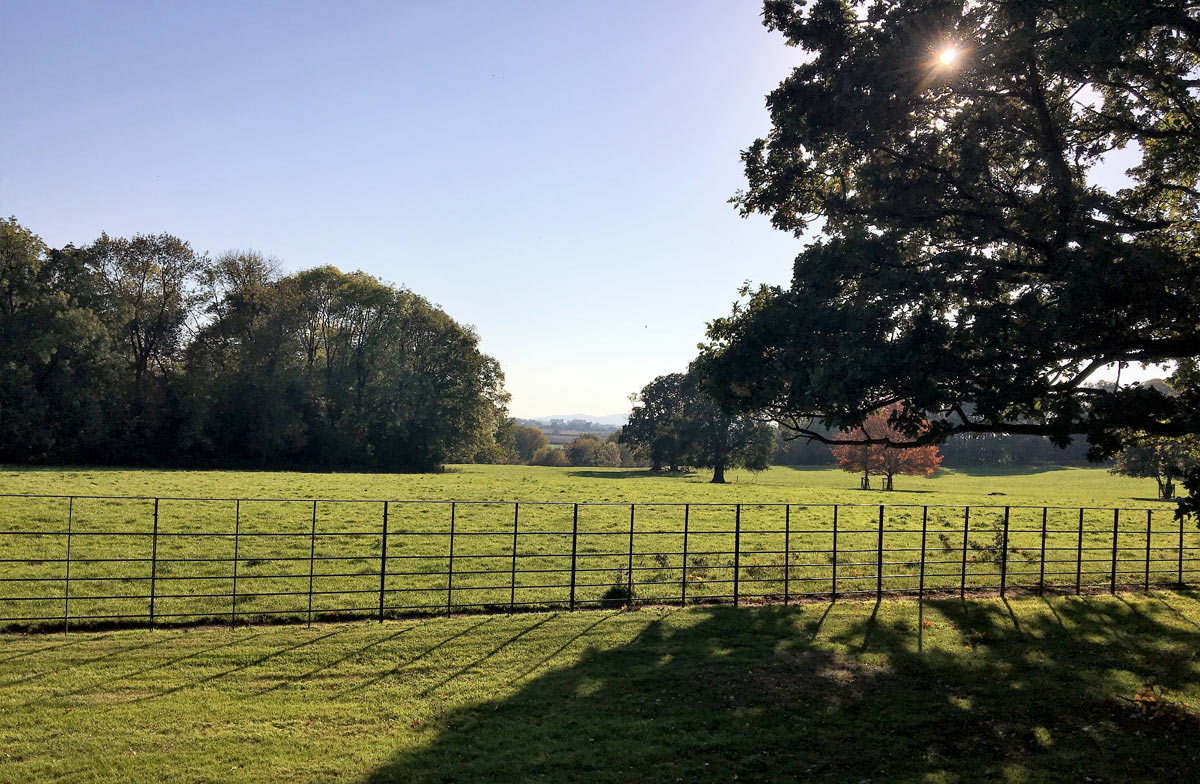
Longner farms is mainly an arable business, growing potatoes, winter wheat, winter barley, oil seed rape plus some forage crops grown for Longner energy (Anaerobic Digester) of fodder beet, whole crop rye and maize. At Longner farms we are passionate about the countryside and the environment. We therefore look to farm in a sustainable way opting for minimum tillage to establish the crops and resorting to the plough as little as possible. We also use much of the latest technology. This includes satellite navigation with automatic variable controls on the fertiliser spreader and the sprayer preventing overlapping and the wasting of valuable product. The main tractor and the combine have linked on board computers which map and monitor the yield on a grid system for each field identifying any problem areas which can then be addressed at the optimum time.
To be sustainable the business must be profitable and to that end we have also diversified into government supported green energy enterprises. These include a biomass boiler, solar panels, ground source heating and an Anaerobic Digester.
The farm and the digester are very closely linked and are hugely beneficial to each other.
The forage crops which form about 25% of the feedstock for the digester are mixed with chicken manure, cow slurry and whey permeate (waste from cheese processing) making up the balance of the diet.
The digester produces totally green energy of electricity and heat. The surplus electricity is exported to the grid and the heat is used to heat adjacent properties.
The residue (Digestate) from the process which is largely odourless, is spread back on the land and is a rich source of fertiliser and organic matter contributing greatly to improving the soil structure which in turn benefits drainage and moisture retention and thus adds to our overall sustainable aims.
A further benefit is that the crops grown for the AD are mainly spring sown which spreads the work load and allows stubble turnips to be established after the harvest in late summer and are grazed off with sheep over winter ready for the spring planting of forage crops. The manure from the sheep further improves fertility and soil structure.
The farm, for the last 18 years, has also embraced stewardship schemes. The large current higher level stewardship scheme includes 250 acres of low input grassland (no fertiliser and no spray) and approximately 140 acres of land made up of 6m buffer zones around most of the fields and 24m grass margins against the river Severn which serves to prevent any fertiliser or chemical run off into the waterway. There are also field corners and wild bird seed mixtures planted in plots of between 1 and 2 acres and a further 70 acres of over wintered stubbles providing foraging for our native wild life.
Hedge management is also part of the scheme. Hundreds of metres have been replanted or gapped up and where mature, are only cut I year in 3 on a rotational basis thus ensuring berries for overwintering birds and nesting sites for them in the spring.
The maintenance of our beautiful countryside relies heavily on a thriving agriculture and whilst environmental schemes are helpful and welcomed they can never be a substitute for profitable food production.